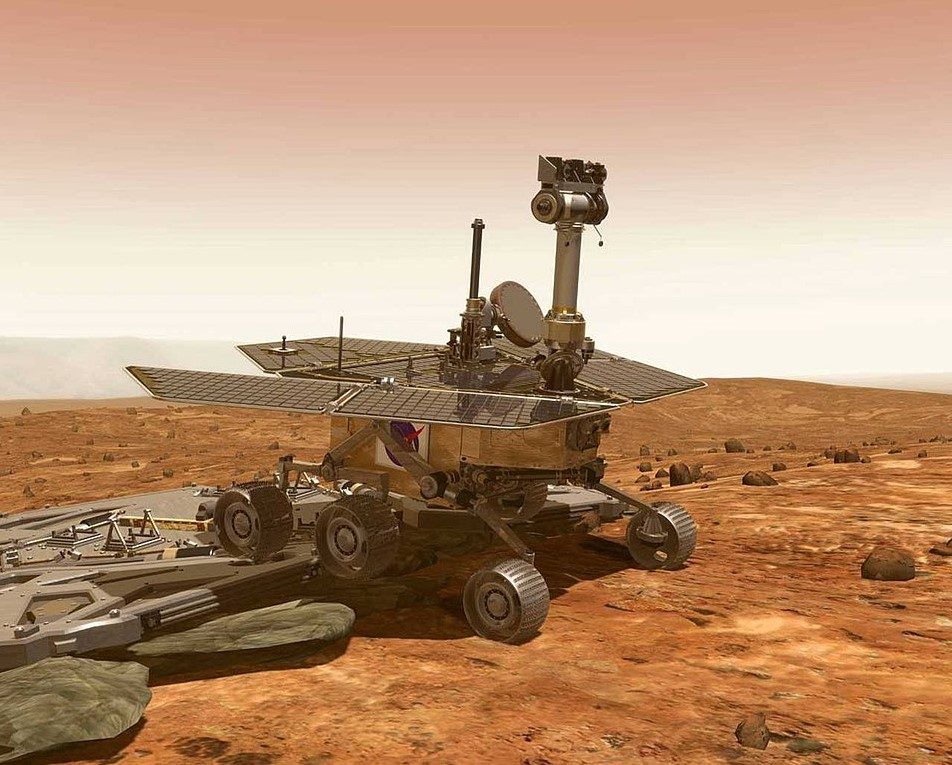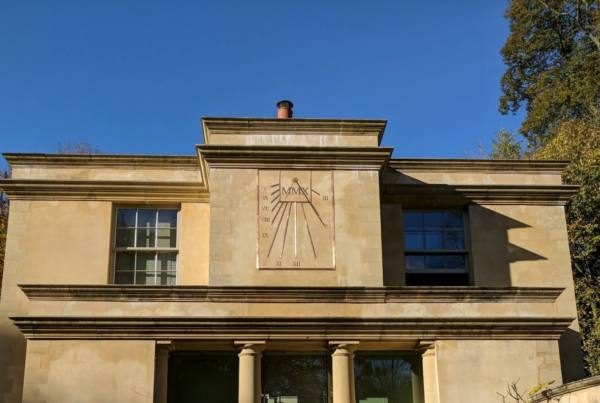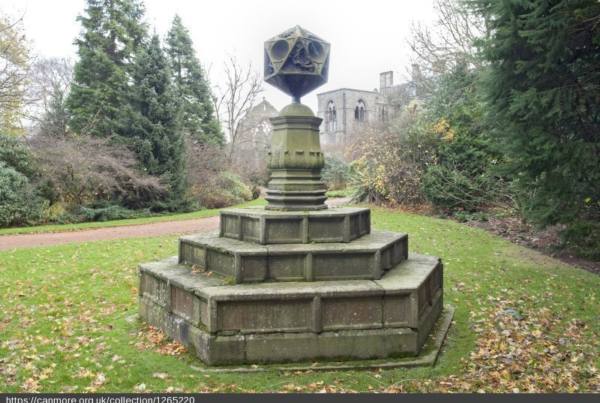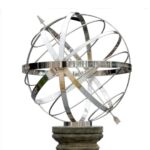The End of an Era for Sundials
Images of the furthest sundial from earth, mounted on NASA’s Martian rover Opportunity, have ceased. Opportunity was one of the two rover robots sent to Mars in 2004, and was recently declared defunct after 8 months of radio silence.
The rover was fitted with a horizontal sundial to aid with navigation in case of a technical failure. The sundial on Opportunity was always in view of the cameras, so, by using the time the photo was taken and the shadow fall on the dial, NASA could calculate the exact direction of travel of the rover.
Opportunity excelled all possible expectation, built with a shelf life of 90 Martian days, the robotic geologist in fact reported back to NASA for an incredible 15 years and trundled more than 45km, taking images that have transformed our understanding of the red planet.
Discoveries of Opportunity
During its mission, the rover found small iron-rich balls named blueberries that hinted at a wet past on the planet, while its analyses of clay minerals near the Endeavour crater confirmed that areas of Mars were once covered with water. It also discovered the first meteorite on another planet and sent back countless stunning images of the red planet and it’s craters.
Opportunity inspired numerous people to become scientists, engineers and even astronauts. There were tears at NASA when the last attempt was made to communicate with the rover and no response came back. Many felt they had lost an old friend in ‘Oppy’.
At Border Sundials we are looking forward to the next rover expedition into space with an onboard sundial navigation system. For more about the history of Opportunity and its Martian adventure take a look at our information page






